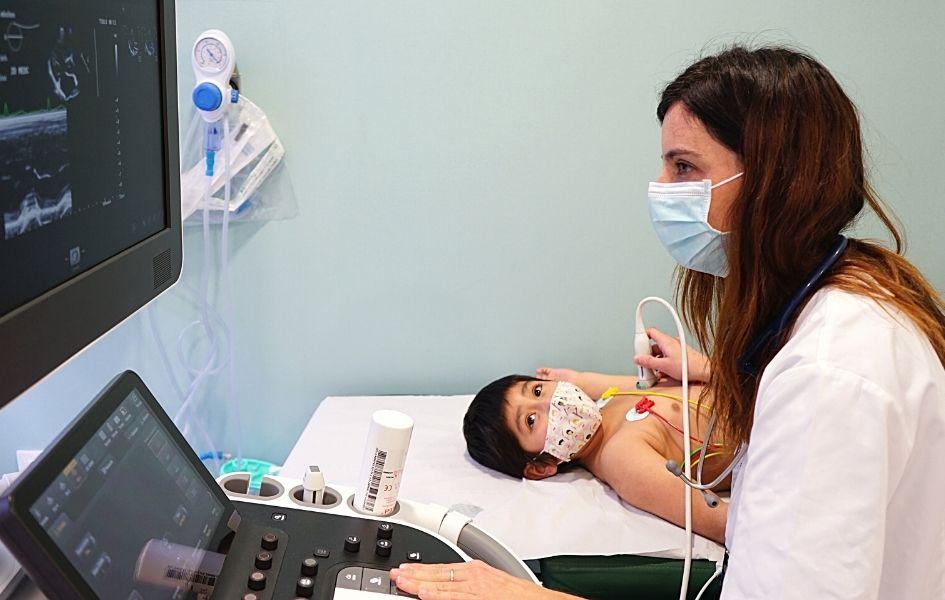
Cancer patients have five times the risk of developing a heart disease compared to the general population
SJD Barcelona Children's Hospital has created a Paediatric Cardiooncology and Cardiac Rehab Unit that visits cancer patients to assess their cardiovascular health when they are first diagnosed and follows them until they reach adulthood. This unit also carries out research to advance the early detection of cardiac damage through new markers and imaging techniques.
Although 80% of children and adolescents with cancer now survive the disease, the treatments they receive to fight it are not free from toxicity and cause damage or sequelae of varying degrees. For example, these boys and girls have five times the risk of developing a cardiovascular disease compared to the rest of the population. "The disease can manifest very differently. Sometimes it goes unnoticed because there are no symptoms, but other times it can manifest very severely as severe heart failure. There is a lot of variability," explains the new unit's cardiologist, Esther Aurensanz.
The treatment a child or adolescent with cancer receives varies depending on the type of tumour and the stage of the disease, but can include surgery, chemotherapy, radiotherapy, immunotherapy and/or a growing number of targeted pharmacological therapies. "Currently, we know the toxicity mechanism of some of these treatment methods, but not others, for example, the new therapies," indicates the unit's oncologist, Maite Gorostegui.
First research project on patients' cardiovascular risk profiles
In this context, the Oncology Area and the Heart Area of SJD Barcelona Children's Hospital have driven the creation of a joint unit to conduct research projects, as well as providing follow-up for these patients by a professional from each area. This work seeks to improve the current methods of diagnosing damage to the myocardium and identifying it before it becomes apparent, using routine diagnostic imaging and blood marker tests.
In this vein, the first research project begun by the unit aims to identify early which children and adolescents present a profile of increased cardiovascular risk.
Before they start treatment, a blood sample is taken from the children who participate in the trial for a metabolomic study. A whole series of tests—an electrocardiogram, an ultrasound, a stress test or ergospirometry and a blood test—are then carried out on a regular basis to detect any heart anomalies as soon as possible. When this occurs, the team closely studies the profile of metabolites present prior to treatment to identify early those patients who are at risk of developing cardiovascular problems.
The aim is to compile enough information to help identify which patients have a higher cardiovascular risk before they start treatment, in order to try to prevent it. The team hopes to have the first results of this research in the second half of 2022.



